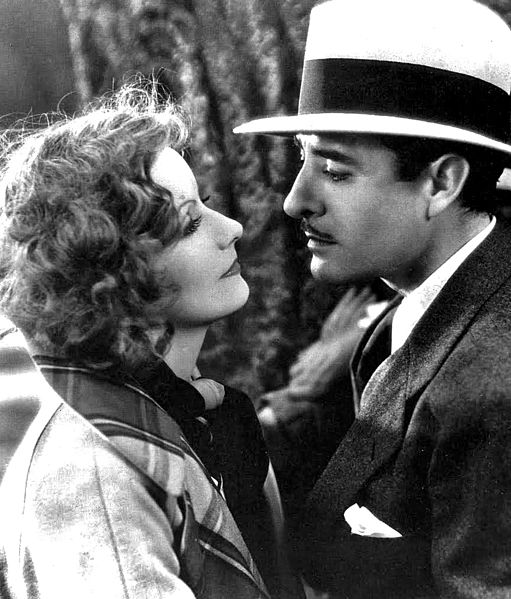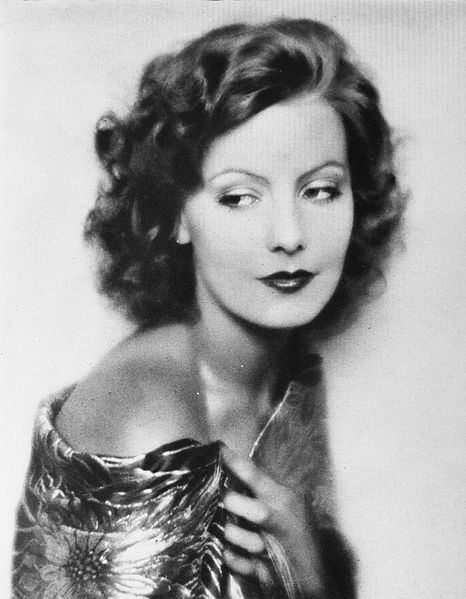Swedish-American actress Greta Garbo is one of the most glamorous stars in Hollywood during the 1920s to 1930s. She is best known for her successful career in both silent and talking films before World War II. Greta Garbo is best known for her portrayals of strong-willed heroines who are mysterious and enigmatic, much like the actress herself. By clicking the link, this article will also bring you to the best americancasinosites.
Early Years
Greta Garbo, whose real name was Greta Lovisa Gustafson, was born on September 8, 1905, in Stockholm, Sweden. She was the third and youngest child of Karl and Anna, a laborer and a worker at a jam factory. Greta came as a surprise, which further strained their family’s already tight finances. The Gustafsons were impoverished, and the three children were raised in the city’s slum.
As a child, Greta was a daydreamer. She disliked school. However, she’s a natural leader who directed her friends in make-believe games and performances. Her interest in theatre at an early age caused her to dream of becoming an actress.
Greta’s father was often out of work and in poor health. At the age of 13, Greta stopped attending school and helped take care of her father, who fell deeply ill due to the Spanish flu. He died when she was 14 years old. His dad’s death deeply affected young Greta, who promised to make a life for herself that was void of financial struggles.
Meanwhile, here is the link to the best jeux casino argent reel.
First Films
After her father’s death, Greta worked as a department store clerk in Sweden. To help promote the clothing line, she modeled the attire. It was at the department store when film director Erik Petschler discovered her, leading to a role in her first film, a comedy entitled Peter the Tramp (1922).
A bigger opportunity followed when Greta earned a scholarship at the Royal Dramatic Theatre in Stockholm, Sweden’s premier school for aspiring actors. She studied there from 1922 but had to cut her education short in 1924 after meeting director Mauritz Stiller, Sweden’s leading silent film director in his time. He cast Greta in The Legend of Gosta Berling (1924). The success of the film both in Sweden and Germany made Garbo famous. It was also Stiller who changed her last name to Garbo, which is something snappier and easier to say.
Stiller’s film Streets of Sorrow (1925), which starred Greta, caught the attention of Metro-Goldwyn-Mayer (MGM). MGM production chief Louis B. Mayer asked Stiller to work in America. The director agreed but with one condition: he wants Greta to come with him. Reluctantly, Mayer signed her a deal, too.
Greta’s Career in America

Greta often co-starred with actor John Gilbert, with whom she was also romantically involved off-screen. Her popularity was not only based on her mysterious, ethereal on-screen persona, but also due to the public interest in the Garbo-Gilbert affair.
When it became clear that the future of films is sound, MGM was hesitant to let audiences hear Garbo speak. The executives worried that her star power would be diminished by her non-American accent and low, throaty voice.
But still, the studio took a risk and let Garbo star in Anna Christie (1930), her first sound film. Her first spoken words on the screen were, “Give me a whiskey, ginger ale on the side, and don’t be stingy, baby!” It revealed her husky voice that added to her allure, which appealed to both genders throughout the years. In the all-star classic Grand Hotel (1932), Greta uttered her first signature line, “I want to be alone.” Anna Karenina (1925) showcased the Garbo mystique, in which she played Leo Tolstoy’s title character. In Camille (1936), Greta delivered one of her most radiant and compelling performances as a tragic heroine.
In the late 1930s, Greta’s box office appeal began to diminish. Since America was in the midst of Depression, her cosmopolitan style did not resonate with audiences like it once had. She starred in Ninotchka (1939) in a self-parodying turn as a Russian agent, proving herself to be capable of a comedic performance.
End of Career, Retirement, and Death
World War II became a big factor in ending Greta’s screen career. Since her films became more popular abroad than in America, and because markets for American movies were dissipating throughout occupied countries in Europe, the executives at MGM reportedly conspired to end Greta’s career by casting her in a film they knew would bomb – the Two-Faced Woman (1941). Contrary to popular belief, she did not leave Hollywood in disgust after this move, as she was nearly lured back to the screen twice. However, she chose permanent retirement instead, which only added to her enigma. In 1955, Greta was awarded an honorary Oscar for her work, but being true to her form, she did not attend the ceremonies.
After retirement, Greta retreated to a private life away from the glare of Hollywood. After 20 years of a film career, Greta lived the next five decades in her apartment in New York and made no public appearances. While she had several romantic partners, including at least one woman, she was never married.
In the late 1980s, her kidneys begin to fail, further isolating her from the outside world. She died at a New York City hospital on April 15, 1990.
Glamorous Facts about Greta Garbo
Greta Garbo was popular for her mysterious, elusive persona, which made the public even more interested in her. She knows how to act glamorous because her own personality exudes glamour. Here are some interesting facts about the Mona Lisa of the 20th century that showed how sophisticated she is:
- By 1925-1926, Greta was MGM’s biggest asset. Her first three films garnered 13 percent of the company’s profits in those two years. Greta knew she had leverage, so after a contract dispute with the studio, Garbo threatened to return to Sweden. Because of that, she was offered a new contract that paid her $270,000 per movie and gave her control over the roles and films she starred in.
- Greta Garbo was named as “the most beautiful woman who ever lived” in Guinness Book of World Records in 1950.
- Greta Garbo disliked the effects of fame, so she never signed autographs, nor gave interviews, nor answered fan mail. She also refused to attend film premiers or award ceremonies.
- For her entire life, Greta was always on one diet or another, and she had a liking to fad diets. With all the different diet options available nowadays, Greta would have enjoyed life.
- A final contract with MGM stipulated that she will be entitled to full payment, even if the film did not get made. Most actors would have just taken the money, but Greta isn’t one of them. When Mayer handed her the cheque, she refused because she felt she never earned it.
- During her arrival in the United States, Greta was greeted by the press. She did not divulge any information to what she saw as invasive questions. When asked about her private life, she briefly responded, “I was born. I had a mother and father. I went to school. What does it matter?”
- When she was on the set, Greta always refused to allow any visitors. Sometimes, she even banished the director out of the room. But she isn’t a diva – she needed to by herself so that she can practice for a scene well, and so that her face would do things it cannot do with other people otherwise.
- MGM once arranged for Greta to have lunch with Prince Wilhelm of Sweden. But instead of being overwhelmed, she turned him down with one of the most epic rejection lines ever, saying, “Thank you, I’m not hungry.”
- During World War II, Greta allegedly became a spy for the British Secret Intelligence Service by secretly collecting information about Nazi sympathizers in her home country, Sweden. Supposedly, she also transmitted messages back and forth between British agents and the King of Sweden.
- When she retired, Greta did not stay private and alone in her apartment, waiting for death. She kept herself busy doing paintings, gardening, writing poetry, designing clothing, and exercising daily.

